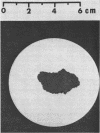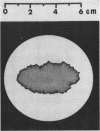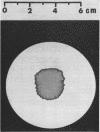Abstract
A series of 15 blood samples with haemoglobin levels ranging from 4-6--16-1 g/dl were spotted on to Whatman No. 4 filter paper. Blood samples with low haemoglobin concentrations spread over a greater area of the filter paper than did those with high haemoglobin concentrations. This was further investigated by studying the performance of laboratory-prepared samples, and any effect on the estimation of blood lead value. Blood lead values assayed by the punched disc method on blood samples with low haemoglobin values were unreliable unless the estimated value was adjusted with respect to the area over which the blood had spread.
Full text
PDF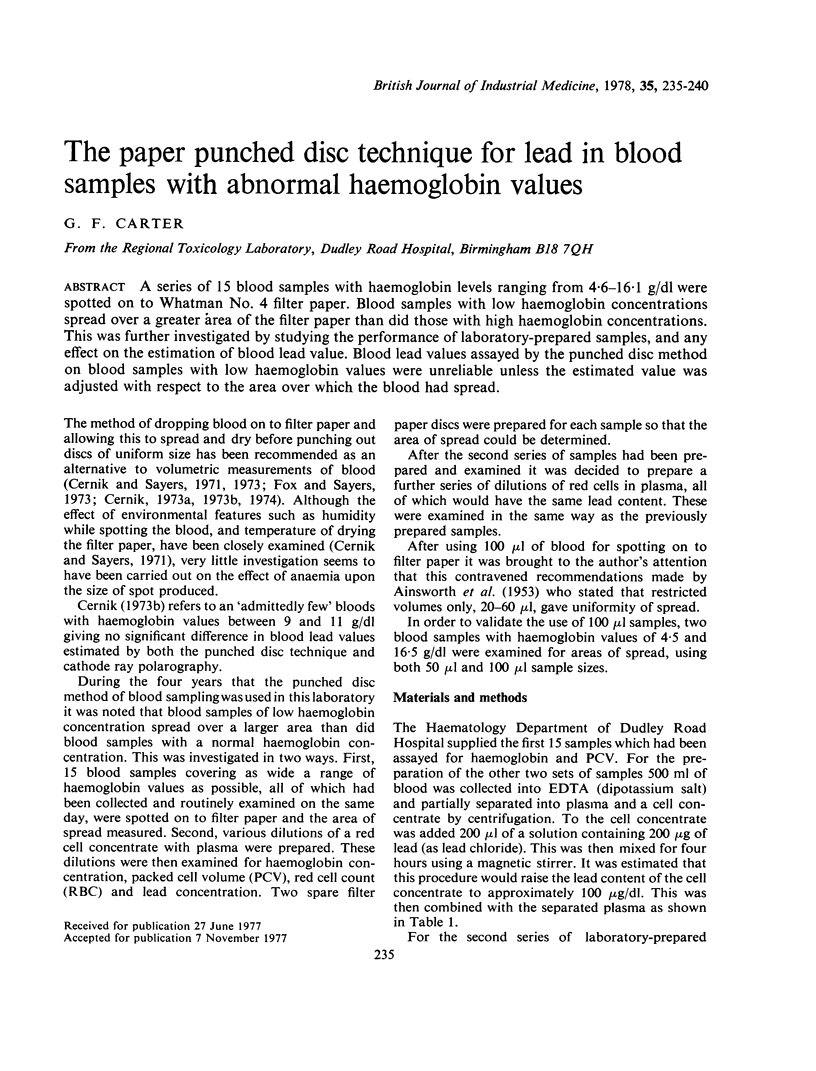

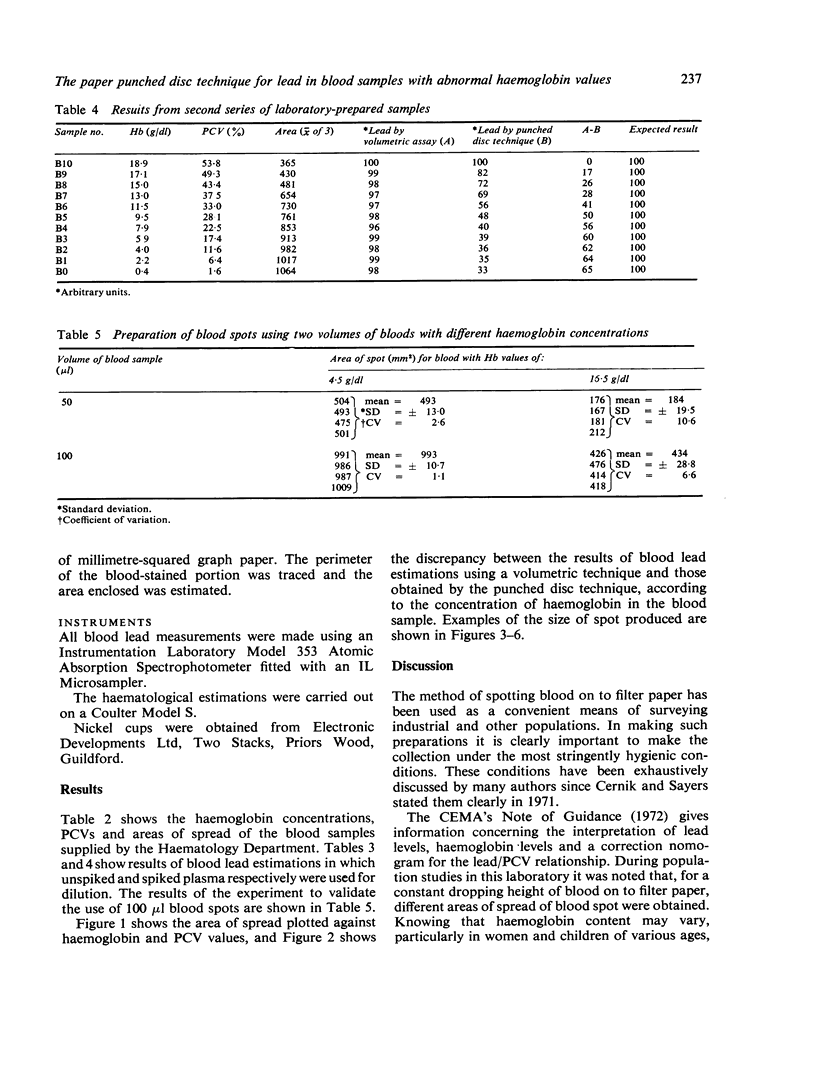
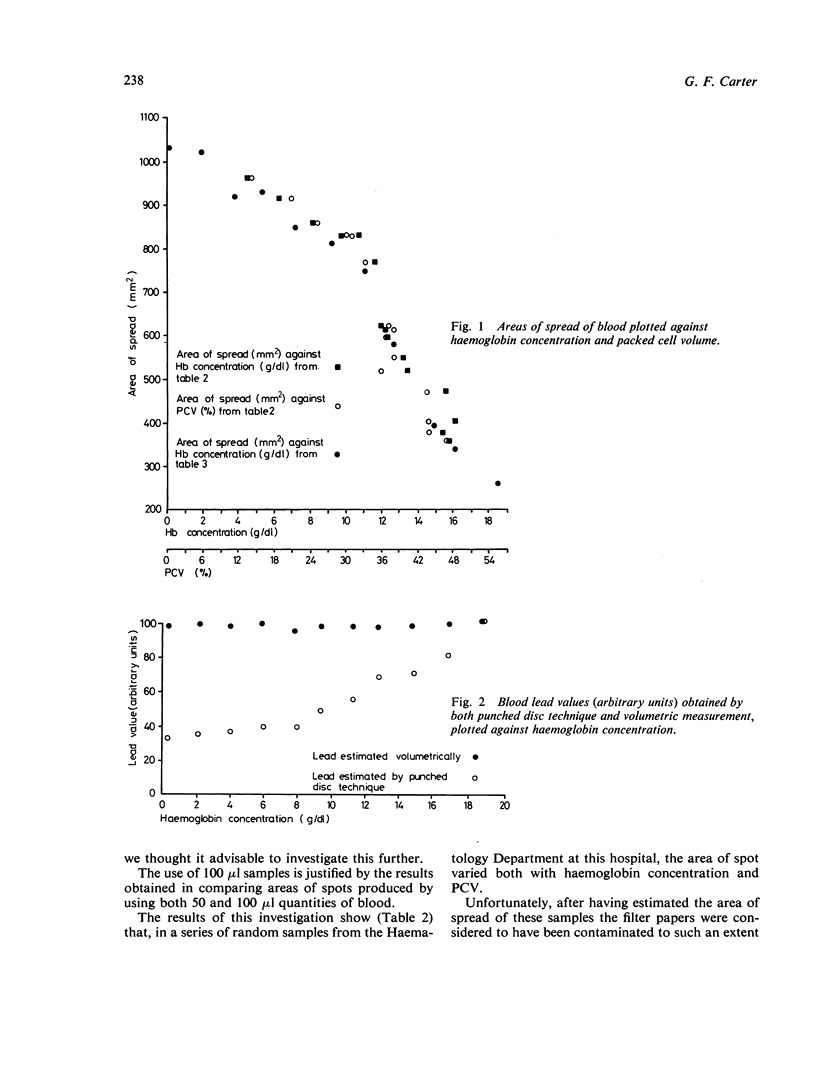
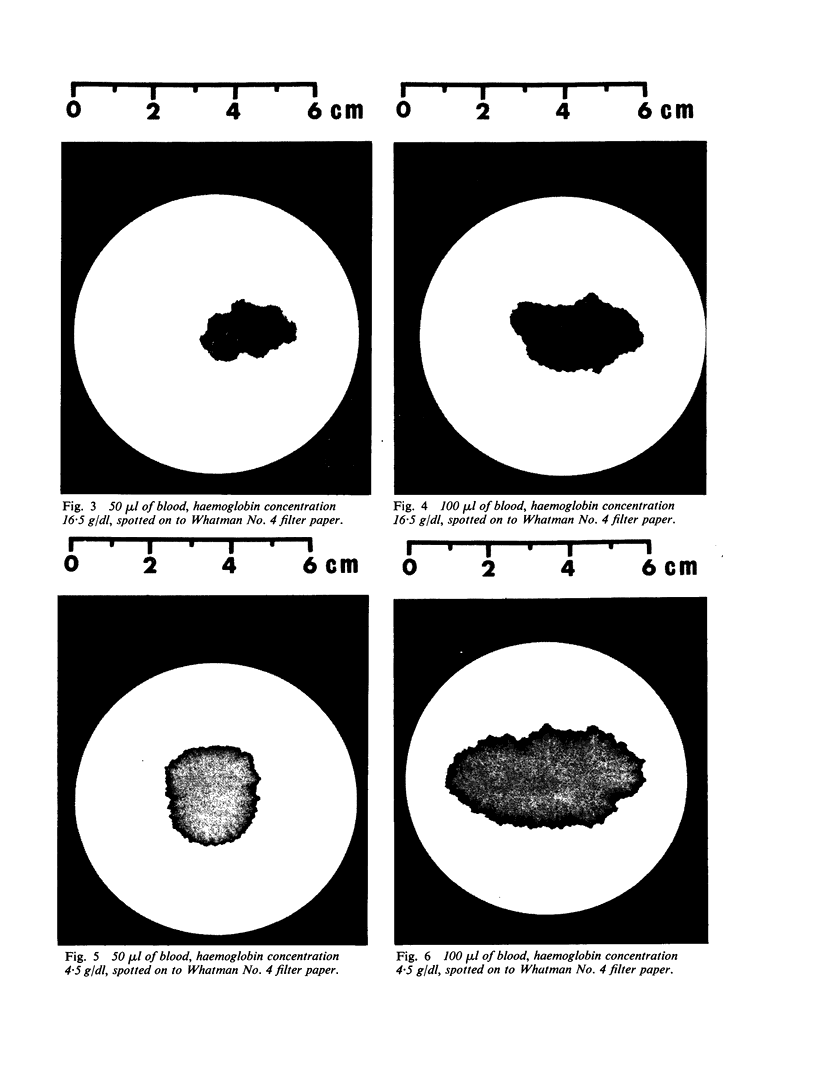

Images in this article
Selected References
These references are in PubMed. This may not be the complete list of references from this article.
- Cernik A. A. Determination of blood lead using a 4-0 mm paper punched disc carbon sampling cup technique. Br J Ind Med. 1974 Jul;31(3):239–244. doi: 10.1136/oem.31.3.239. [DOI] [PMC free article] [PubMed] [Google Scholar]
- Cernik A. A., Sayers M. H. Determination of lead in capillary blood using a paper punched disc atomic absorption technique. Application to the supervision of lead workers. Br J Ind Med. 1971 Oct;28(4):392–398. doi: 10.1136/oem.28.4.392. [DOI] [PMC free article] [PubMed] [Google Scholar]
- Delves H. T. A micro-sampling method for the rapid determination of lead in blood by atomic-absorption spectrophotometry. Analyst. 1970 May;95(130):431–438. doi: 10.1039/an9709500431. [DOI] [PubMed] [Google Scholar]
- Fox A. J., Sayers M. H. Accuracy and precision of two methods of blood lead estimation. Br J Ind Med. 1973 Oct;30(4):394–395. doi: 10.1136/oem.30.4.394. [DOI] [PMC free article] [PubMed] [Google Scholar]




